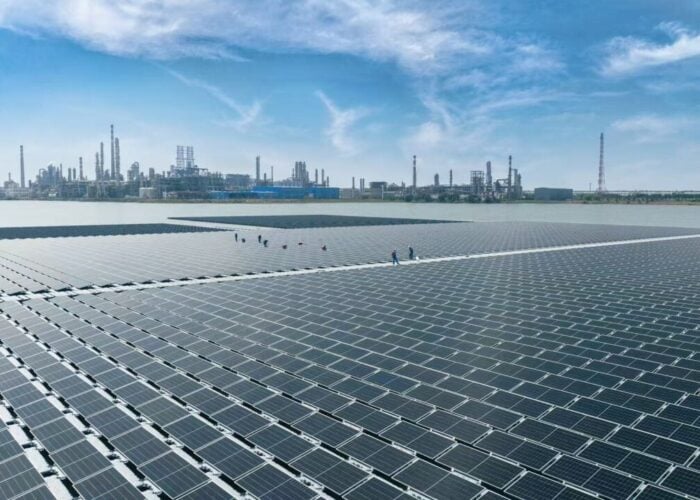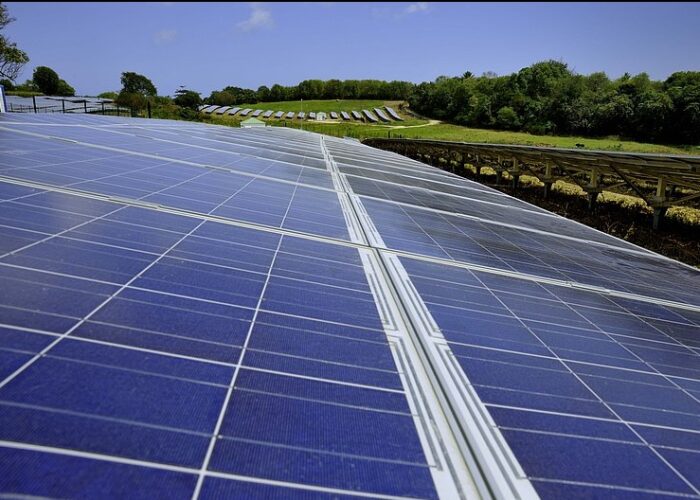Scientists at the Empa Institute in Switzerland claim to have achieved 11.5% conversion efficiency for a CdTe solar cell by doping it with copper.
The researchers improved on previous results of around 8% by using high-vacuum copper evaporation on substrate CdTe cells.
Unlock unlimited access for 12 whole months of distinctive global analysis
Photovoltaics International is now included.
- Regular insight and analysis of the industry’s biggest developments
- In-depth interviews with the industry’s leading figures
- Unlimited digital access to the PV Tech Power journal catalogue
- Unlimited digital access to the Photovoltaics International journal catalogue
- Access to more than 1,000 technical papers
- Discounts on Solar Media’s portfolio of events, in-person and virtual
Tests on lab-scale superstrate CdTe cells have achieved 19.6% efficiencies but efforts to improve results for substrate CdTe cells that don’t require a transparent glass backing have been the focus of much research.
“People have tried to dope CdTe cells in substrate configuration before but failed time and again,” explains Ayodhya Nath Tiwari, head of Empa’s laboratory for thin-films and photovoltaics.
His team discovered that the amount of copper used had to be precisely controlled with too little failing to lift efficiency and too much “over doping” the cell.
By applying a mono-atomic thick layer of copper the team was able to boost efficiencies with a best result of 11.5% for a cell grown on metal foil and 13.6% for one grown on glass.
They are now focused on lifting the 11.5% figure to 15%.






